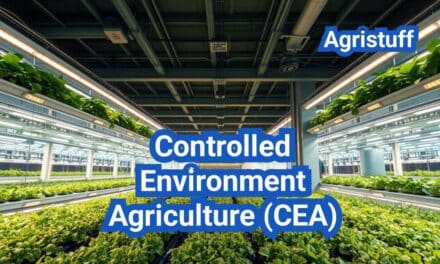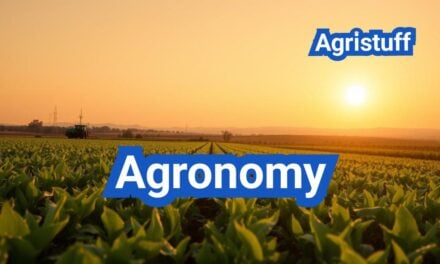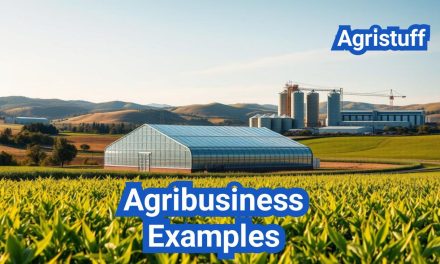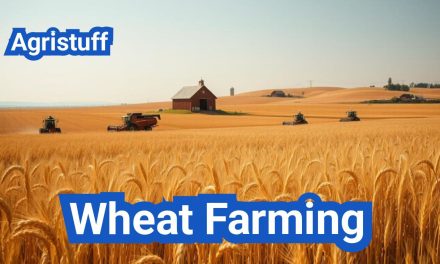Agriculture is at a pivotal moment in history. With climate change, a growing global population, and the urgent need to preserve biodiversity, the industry is undergoing a massive transformation. Traditional farming methods are being replaced by cutting-edge technologies like Artificial Intelligence (AI), the Internet of Things (IoT), drones, data science, and biotechnology. These innovations are not only boosting productivity but also paving the way for climate-smart farming. In this article, we’ll explore the top AgriTech trends of 2025 and their societal and economic impacts, offering a glimpse into the future of sustainable agriculture.
1. Technological Innovations Driving Agricultural Productivity
The year 2025 has seen remarkable advancements in agricultural technology, making farming more efficient and resilient than ever before. From precision farming drones to AI-driven robotics, these innovations are transforming how we grow food.
Precision Farming Drones: Equipped with advanced sensors and analytics tools, drones provide real-time data on plant health, soil quality, and hydration levels. This allows farmers to optimize resource use, reduce waste, and increase crop yields.
CRISPR Gene Editing: Biotechnology has taken a giant leap forward with CRISPR, enabling the development of crops resistant to pests, diseases, and extreme weather conditions. This minimizes losses and maximizes productivity.
AI and Machine Learning: Predictive models powered by AI help farmers anticipate weather patterns, crop yields, and disease outbreaks. AI-driven robots are also automating tasks like planting, weeding, and harvesting, operating with unmatched precision and efficiency.
IoT in Agriculture: IoT-enabled devices, such as soil moisture sensors and livestock wearables, are revolutionizing farm management. These tools monitor and automate processes, ensuring optimal conditions for crops and animals.
Vertical and Indoor Farming: Hydroponics and aeroponics are enabling year-round crop production in controlled environments. These systems use less water and space while avoiding weather-related risks.
Blockchain Technology: By enhancing supply chain transparency and traceability, blockchain reduces waste and ensures fresher produce reaches consumers.
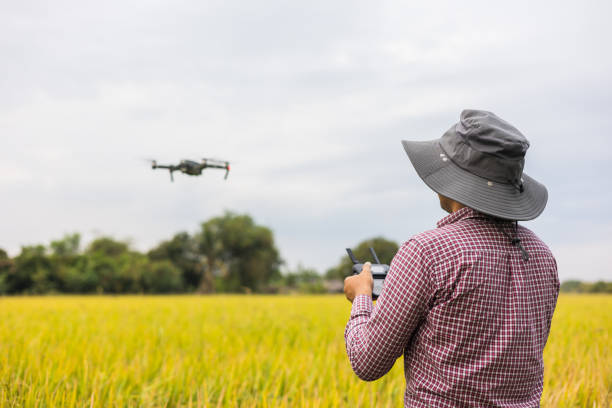
2. Climate-Intelligent Agriculture: A Sustainable Future
As climate change intensifies, AgriTech is stepping up to the challenge with innovative solutions that promote sustainability and resilience.
Bioenergy Crops: Crops like switchgrass and miscanthus serve dual purposes—producing energy and acting as carbon sinks. This reduces reliance on non-renewable energy sources and lowers greenhouse gas emissions.
Adaptive Irrigation Systems: These systems use real-time data to adjust water supply based on soil conditions, weather forecasts, and plant needs. This precision reduces water waste and improves crop yields.
Cover Crops: Planting cover crops like legumes improves soil health, prevents erosion, and sequesters carbon dioxide. This practice is a win-win for farmers and the environment.
Nitrogen-Fixation Techniques: By leveraging the symbiotic relationship between legumes and Rhizobia bacteria, farmers can reduce their dependence on synthetic fertilizers, minimizing nitrogen runoff and environmental damage.
Robotics Process Automation (RPA): Automating tasks like planting and packaging reduces waste and improves efficiency, benefiting both farmers and the environment.
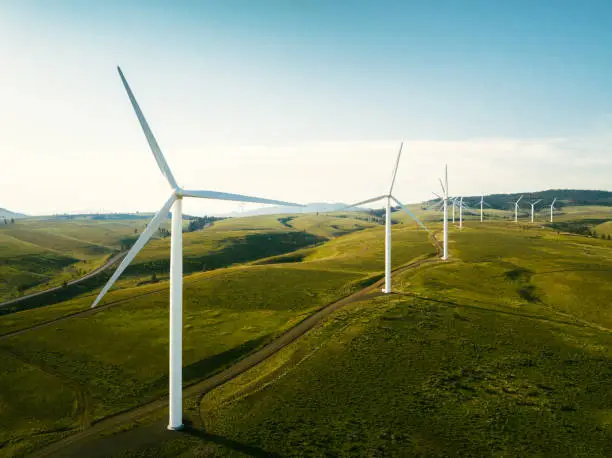
3. Biotechnology in Agriculture: A Game-Changer
Biotechnology is reshaping agriculture, making it smarter and more sustainable. From bioenergy crops to genetic engineering, these advancements are addressing some of the industry’s biggest challenges.
Bioenergy Crops: High-biomass crops like willow trees and miscanthus are being used to produce biofuels while capturing carbon from the atmosphere.
Adaptive Irrigation: Data-driven irrigation systems optimize water use, ensuring crops get the right amount of water at the right time.
Cover Crops: Legumes and grasses improve soil structure, boost organic matter, and enhance the yield of cash crops.
Nitrogen-Fixation in Non-Legumes: Genetic engineering has enabled non-legume crops like wheat and corn to fix nitrogen from the air, reducing the need for synthetic fertilizers.
Robotics Process Automation (RPA): Automating repetitive tasks improves efficiency and reduces waste, making farming more sustainable.
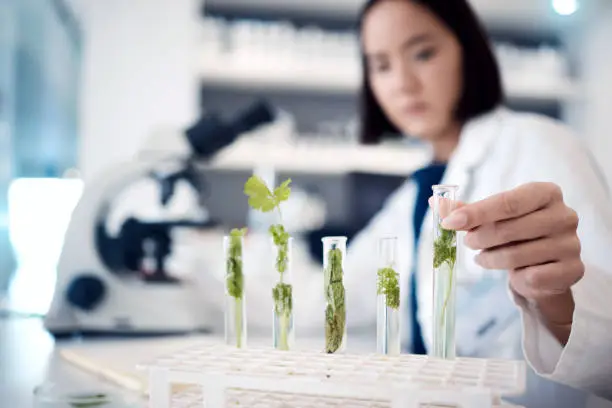
4. Digital Farming and Data Science: The Backbone of Modern Agriculture
Data science is at the heart of modern agriculture, enabling farmers to make smarter decisions and optimize their operations.
Genomic Selection: By analyzing genetic and phenotypic data, scientists can develop crops that perform well in various environmental conditions.
Pest Monitoring and Management: Data-driven models predict pest infestations, allowing farmers to take timely action and minimize crop loss.
Advanced Analytics: Techniques like geospatial analysis and pattern recognition provide insights into land use, farm productivity, and growth performance.
Cloud-Based Farm Management Systems: These platforms centralize data, enabling farmers to make real-time decisions and streamline operations.
Quantum Computing: This emerging technology has the potential to revolutionize agriculture by solving complex problems like climate modeling and nutrient planning.
5. Social and Economic Impacts of AgriTech
AgriTech is not just transforming farming—it’s reshaping societies and economies worldwide.
Food Security: High-yielding, drought-resistant crops are helping combat food scarcity, ensuring a stable food supply for growing populations.
Economic Benefits: Cloud-based systems and automation are reducing costs and increasing profits for farmers, while making food more affordable for consumers.
Quantum Computing: This technology could revolutionize agriculture by solving complex challenges like climate adaptation and sustainability.
Global Trade: Digitizing the supply chain is creating new market opportunities and boosting economic growth.
Conclusion: The Future of Agriculture is Here
The fusion of agriculture and technology is creating a more sustainable, efficient, and resilient food system. From precision farming drones to quantum computing, these innovations are addressing the challenges of climate change, food security, and economic growth. As we move forward, it’s crucial to balance innovation with responsibility, ensuring that AgriTech benefits everyone—from farmers to consumers.

